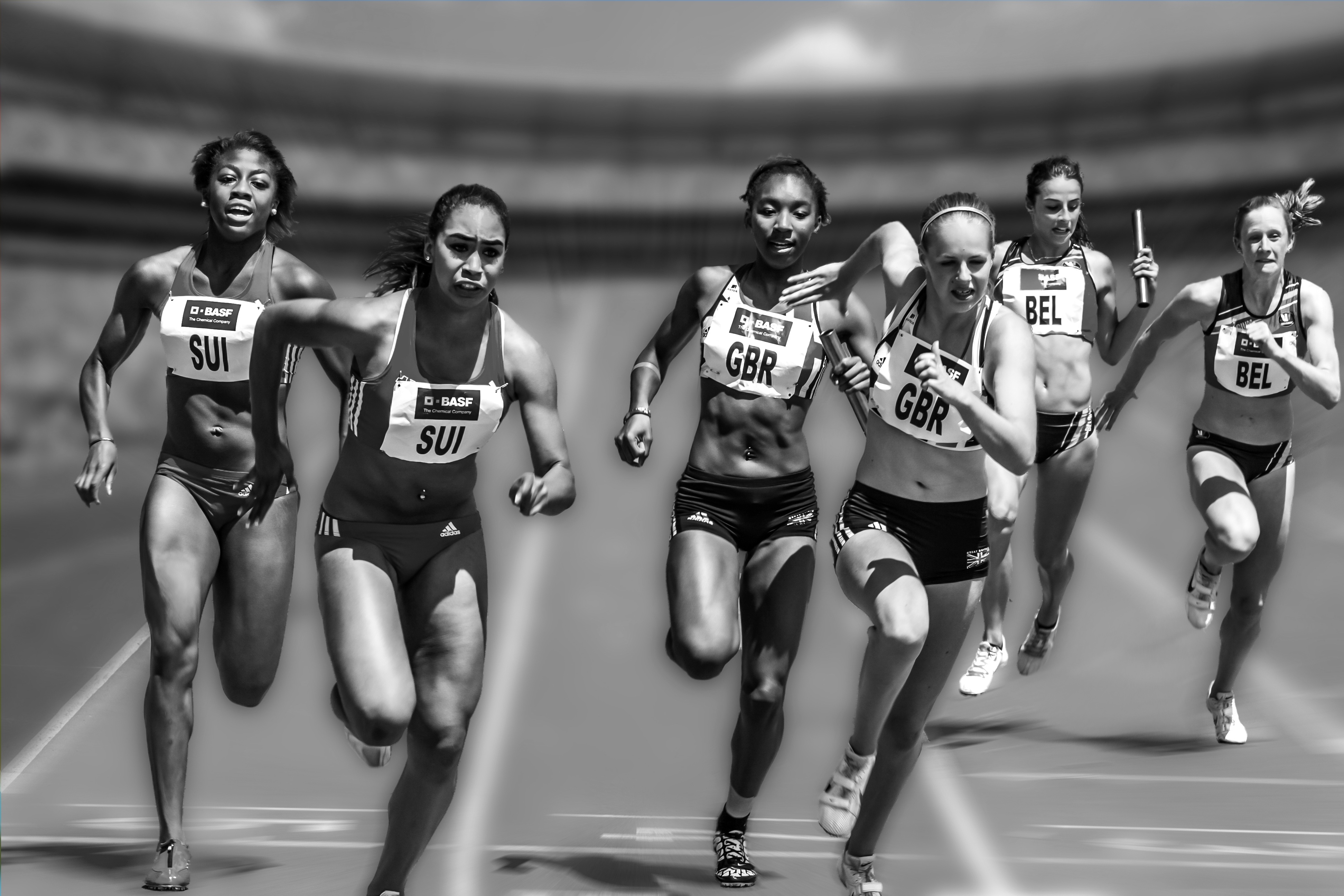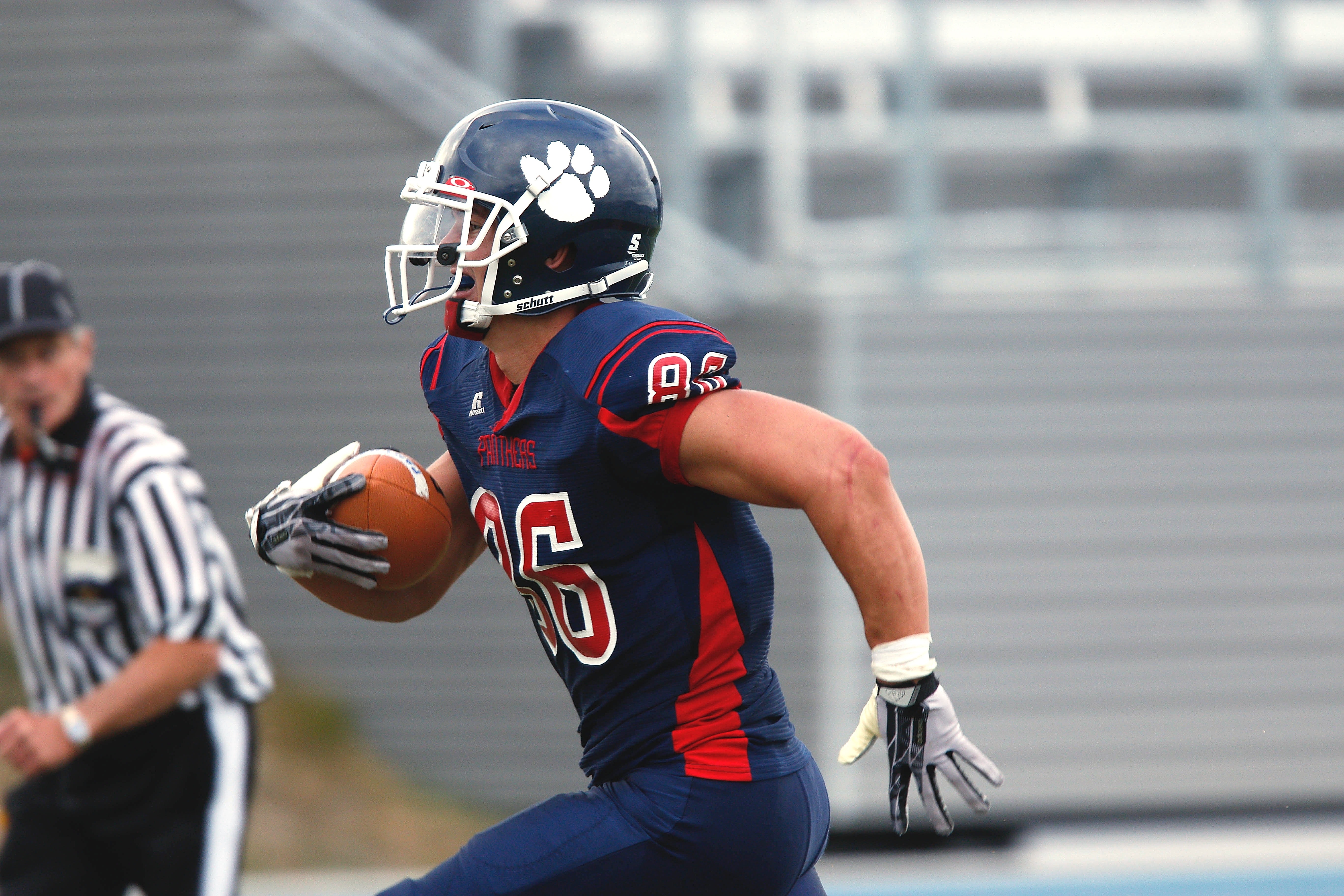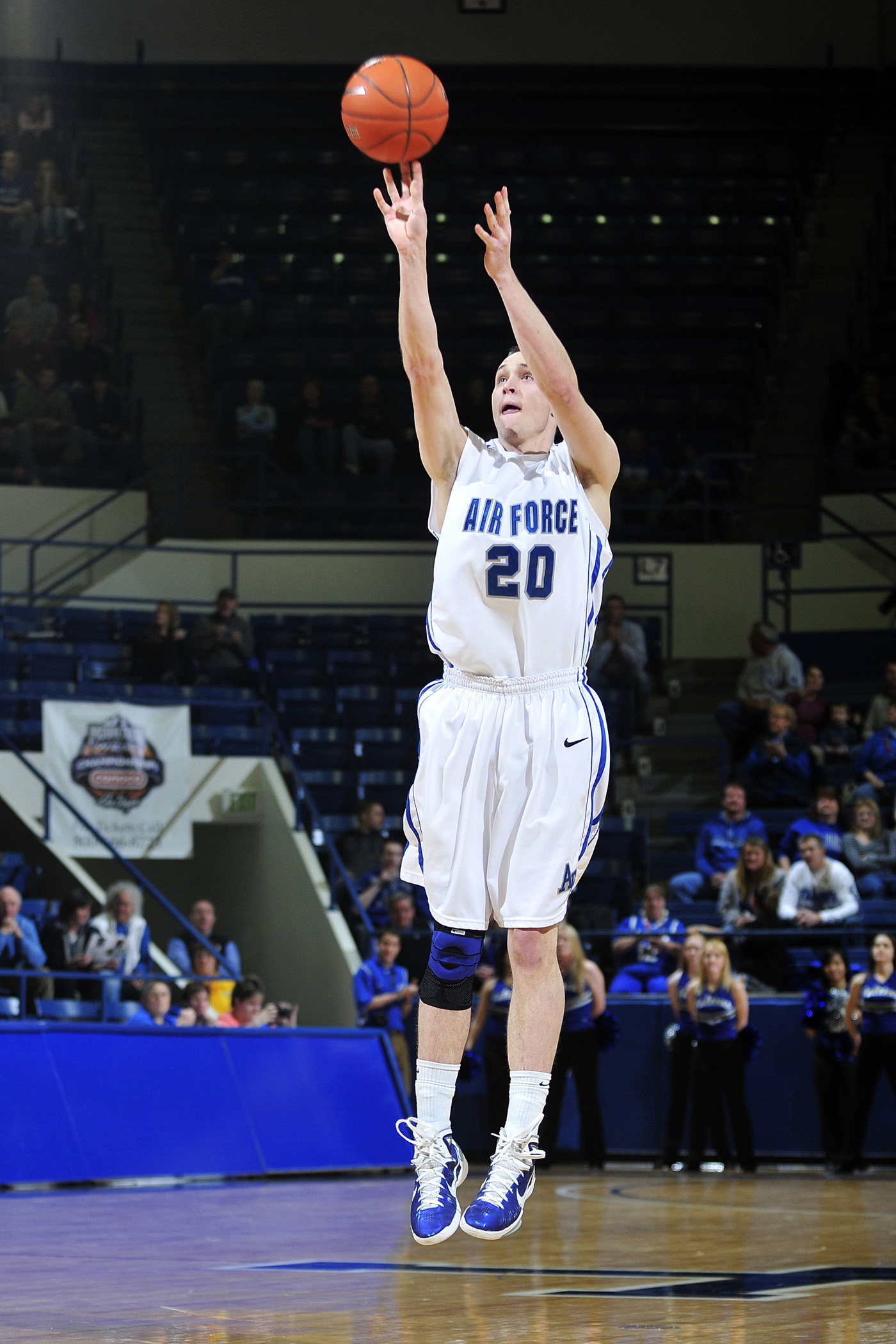Throwing is an essential part of baseball no matter what position you play. Baseball coaches and players have a lot of concerns about throwing and strength and conditioning. Sometimes there is merit to these concerns, sometimes there is not. Regardless of this though, a strength and conditioning professional must be sensitive to these concerns when developing a program. This post is going to present some thoughts on how to modify programs to make everyone happy; strength coach, baseball coach, and the athlete.
The first concern to overcome is that the bench press (or incline press, or decline press, or dumbbell variation) is going to be bad for the shoulders due to the repetitive nature of throwing. Now, with this we have to keep in mind that the entire reason for pressing is to strengthen the upper body – it is not to become a great bench presser. With that in mind, there are a few modifications that can be made to make everyone happy:
- Perform the bench/incline/decline press with a close grip. This forces the athlete to keep the elbows in towards the body and will minimize stress to the rotator cuff.
- Modify the range of motion. Performing the lifts with a thick towel on the chest, or with boards, or while lying on the floor will reduce the range of motion and reduce the stress on the shoulders.
- Use dumbbells with a neutral grip. This has the same benefits as performing close grip lifts.
The second concern is that overhead lifts are going to be bad for the shoulders. This requires a technique change. A lot of athletes want to perform military presses using their bench press grip. Having the athlete move their hands in until they are using their clean-width grip will put the arms in a better position and will reduce shoulder injury concerns. Another modification that can be made is to perform the presses with kettlebells. The kettlebells put the shoulder in a great position for pressing.
A third concern is that baseball players need to avoid jerks and snatches due to possible elbow and shoulder injuries. I don’t agree that these lifts are going to result in injuries, but I’m also sensitive to needing to make sure that the baseball coach supports the program. With that in mind, if this is a sticky issue, then there’s nothing wrong with snatch pulls and power cleans. Remember, the focus is on improving the baseball player’s power and not making them an elite Olympic lifter.
Having covered the major concerns, there are a few other things to keep in mind. First, throwing requires strong legs. This means variations of the squat, lunges, and hip extension exercises. Second, baseball players need to be able to exert force quickly. This is going to require medicine ball exercises, plyometrics, sprints, and variations of the Olympic lifts. Third, there’s a lot of rotation involved in throwing. That means that this is one of the few situations in which I’m going to recommend core training.
So with the above in mind, below is a sample week of workouts that seeks to incorporate everything that I’ve covered.
Monday
Front squats, 3×4-8×70-80%
Romanian deadlifts, 3×4-8
Close grip bench press, 3×4-8×70-80%
Close grip bent-over row, 3×4-8
Clean grip military press, 3×4-8
Core training: plank variations
Tuesday
Power clean, 3×3-6×60-70%
Snatch pulls, 3×4-6
Counter-movement jumps, 10x
Standing long jumps, 10x
Medicine ball chest pass, 10x
Core training: medicine ball drills
Thursday
Split squats, 3×12-15 each leg
Lunges, 3×12-15 each leg
Good mornings, 3×12-15
Reverse hyperextensions, 3×12-15
Core training: traditional crunches/sit ups/etc.
Friday
Neutral dumbbell bench press, 3×12-15
Neutral grip pull-ups, 3×12-15
3-in-1 shoulders (front + side + rear raises), 3×10
Superset: biceps and triceps, 3×12-15 each
Core training: heavy ropes and kettlebell swings



